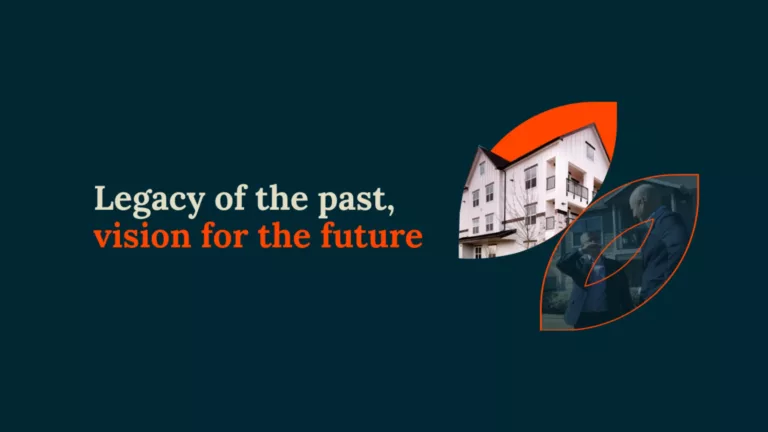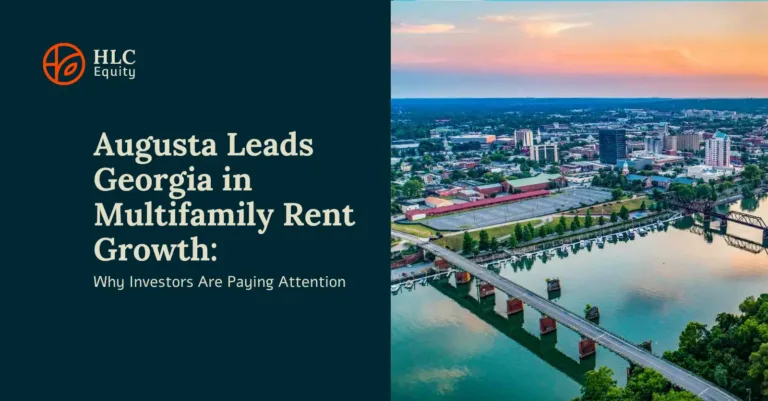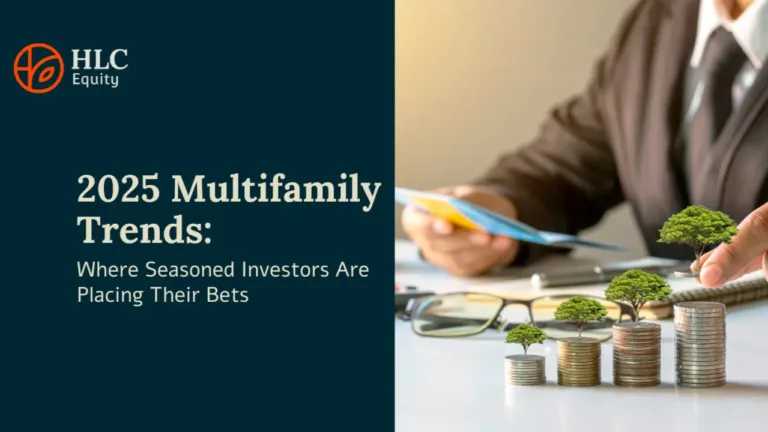
The multifamily real estate market continues to be a cornerstone for investors seeking both stability and growth, even as economic conditions shift. With inflation, rising interest rates, and changes in renter demand, investors must adopt strategic approaches to asset management, market opportunities, and portfolio diversification. Looking ahead, there are emerging trends and future shifts that will shape the sector in the coming years, and understanding these can help investors position themselves for long-term success.
Inflation and Multifamily Investment: A Balanced Approach for Long-Term Resilience
Inflation has become a significant factor influencing real estate investment decisions. Multifamily assets offer a natural hedge against inflation due to their shorter lease cycles, allowing property owners to adjust rents more frequently. However, rising operational costs—such as utilities and labor—demand proactive management strategies.
In the future, operational efficiency will remain essential, but technology will play an increasingly important role in offsetting inflationary pressures. Automated property management systems, energy-efficient building materials, and predictive maintenance tools could revolutionize how properties are managed, reducing costs and increasing profitability. Forward-looking investors should consider integrating PropTech solutions into their assets to stay competitive and maximize returns.
Capitalizing on Market Opportunities Amidst Economic Dynamics
Even in today’s volatile economic environment, multifamily real estate continues to offer strong investment potential. While rising interest rates have increased borrowing costs, the ability to strategically acquire assets in secondary and tertiary markets offers investors an opportunity to access high-growth regions with favorable cap rates.
Looking ahead, demographic shifts and job migration patterns will likely continue to fuel demand in these smaller markets. Investors who stay ahead by identifying regions with growing tech sectors, healthcare expansion, or infrastructure improvements will benefit from long-term appreciation. Additionally, the ongoing trend toward remote work and hybrid work environments suggests that demand for flexible, community-oriented housing outside of major metropolitan areas will remain strong.
The Evolving Demand for Workforce Housing and Value-Add Opportunities
Workforce housing—Class B and C properties—continues to demonstrate resilience in economic downturns, providing stable occupancy and consistent cash flow. As economic disparities widen, the demand for affordable, quality housing will likely intensify. Investors focusing on this segment can benefit not just from consistent demand, but also from the potential for government incentives or partnerships aimed at addressing affordable housing shortages.
Forward-thinking investors should also consider the potential for value-add opportunities in older properties, where sustainability and energy-efficiency upgrades can increase asset value and align with future tenant demands. As renters become more environmentally conscious, properties that prioritize green initiatives, such as renewable energy sources or eco-friendly building materials, will likely stand out in an increasingly competitive market.
Diversifying Multifamily Assets for Future Risk Management
Diversification will remain crucial for managing risk in the multifamily sector. As new technologies, demographics, and work patterns emerge, each multifamily asset class will be affected differently.
- Class A properties, for instance, will continue to appeal to high-income renters in strong economies, but their long-term success may depend on how well they adapt to future trends in luxury living—such as sustainability features, high-tech amenities, and enhanced community experiences.
- Class C properties will continue to cater to lower-income renters, but future-focused investors will seek ways to enhance tenant retention and minimize turnover through improvements in property management technology, social programming, or partnerships with local organizations to foster stronger community ties.
- Class C: Older workforce housing, offering stable cash flow but requiring more intensive management.
Looking toward the future, balancing investments across these asset classes will help investors adapt to market fluctuations and capitalize on emerging opportunities.
The multifamily sector continues to offer strong opportunities for investors, even as inflation and economic shifts create new challenges. With interest rates potentially stabilizing or declining, financing conditions may become more favorable, opening up acquisition and value-add opportunities, particularly in high-growth secondary markets.
Investors who focus on operational efficiency, tap into workforce housing demand, and diversify across asset classes will be well-positioned for both immediate and long-term success. By embracing sustainability and technology-driven solutions, multifamily assets can remain competitive and aligned with future tenant expectations.
As the market continues to evolve, a balanced approach that integrates these strategies will help investors navigate uncertainty and capitalize on the multifamily sector’s resilience.
Sources
- HLC Equity:
Strategic Considerations for Multifamily Owners in an Inflationary Environment
Multifamily Opportunities Amidst Current Economic Dynamics
The Pros and Cons of Investing in Different Types of Multifamily Assets - Marcus & Millichap: Market reports on inflation’s impact on multifamily real estate, including strategies for managing rising operational costs and adjusting rents to hedge against inflation.
- CBRE: Research on current market dynamics, including trends in secondary and tertiary markets, and how these are shaping investment opportunities for multifamily investors.
- Urban Land Institute (ULI): Reports on emerging market opportunities, workforce housing, and the growing demand for affordable housing options across different multifamily asset classes.
- Federal Reserve Economic Data (FRED): Data and analysis on interest rate trends, inflation, and how monetary policy impacts real estate investment.
- PropTech360 Insights: Exploring how technology is shaping the future of multifamily property management, enhancing operational efficiency and tenant satisfaction.
Join Our Community
We’re committed to providing insightful content for our investors and followers.
If you want to stay in the loop, simply fill in the form below, and we’ll notify you with each update.


